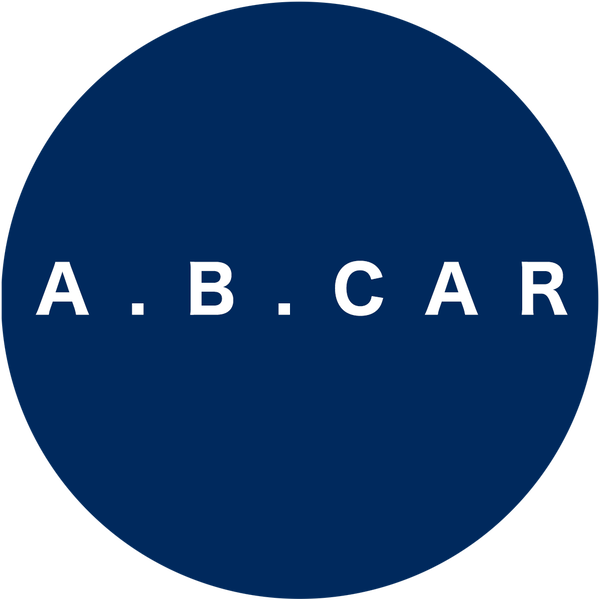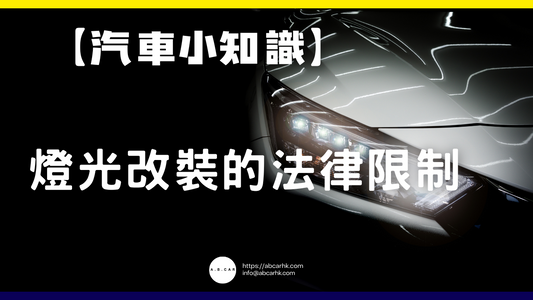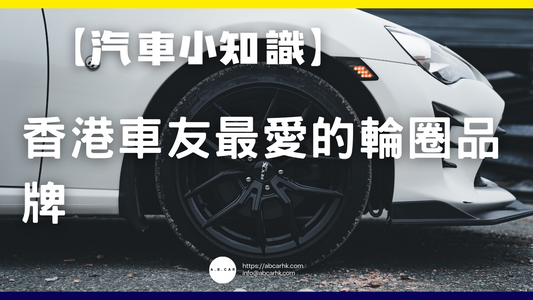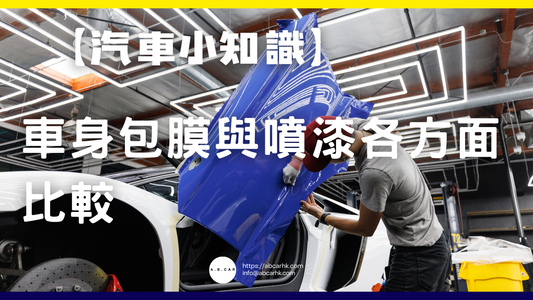[Road Trivia] Why do some vehicles in Hong Kong have to have “L” plates? What are “L” plates?
🚗 Our editor breaks down: What are "L" plates? Why do some vehicles in Hong Kong have them?
When you're walking down the street, riding in a car, or crossing the street, you often see cars and motorcycles with white "L" signs on the front and rear. Some people even joke, "Oh, the academic genius is out!" But what exactly are these "L" signs? What does they mean? Why are they so important? Simply put, L signs are what we often call student signs. Today, let's break down each one!
1. What is the “L” brand?
The "L" plate, or Learner's Plate , stands for "Learner's License Plate." Simply put, it's required for learning to drive, even before you get your full driver's license .
- Appearance : A rectangular sign with white letters on a red background, with a large "L" that is very conspicuous.
- Location : For private cars, the stickers should be placed in conspicuous locations on the front and rear of the vehicle; for motorcycles, the stickers should be placed near the rearview mirror and at the rear of the vehicle.
The purpose is to remind other road users that you are a novice driver and please be more tolerant and pay attention to safety .
2. Why does Hong Kong have an “L” license system?
1. Improve road safety
Novice drivers' control skills, judgment, and reactions may not always be perfect, making them prone to making mistakes. The "L" plate system serves as a reminder to other drivers and pedestrians to be vigilant and maintain a safe distance when encountering learner drivers, avoiding sudden lane changes or overtaking, thereby reducing the chance of accidents .
2. Protection for those learning to drive
Novice drivers can be quite stressed out if they encounter experienced drivers trying to cut in or out of position. However, the "L" sign instantly identifies the driver as a learner and generally gives way, avoiding aggressive driving. This allows the learner more time to practice.
3. Facilitate law enforcement and management
The police, the Transport Department and driving instructors can all identify at a glance which vehicles are used by learner drivers , making it easier to monitor for violations (such as novice drivers cutting lanes, speeding, or not following the rules). It also makes it easier to verify identity during the test.
3. Are there any people out there who want to put up an “L” plate?
As long as you have not obtained a full driver's license but have successfully applied for a learner's driving license , you must follow the law and affix an "L" plate when learning to drive.
Applicable objects include:
- Learning to drive a private car (automatic transmission/stick transmission)
- Learning to ride a motorcycle/light motorcycle
- Medium trucks/heavy trucks , etc.
4. What are the restrictions for learning to drive with an “L” license?
Although Hong Kong drivers can practice on the road, the government has a series of strict regulations for safety reasons:
1. Must have an "L" sign
Driving on the road without a sticker is illegal and you will be fined immediately or even have your learner driver’s license revoked!
2. Must have a qualified accompanying driver (for some car types)
For example, when learning to drive a private car, a driver who holds a formal driver's license for three years or more must sit in the passenger seat; but when learning to drive a motorcycle, no driver is required.
3. Restrictions on restricted areas and time limits
Some busy tunnels, carriageways, bus routes and certain high-risk sections of road are not accessible to learners (e.g. Hung Hom Cross-Harbour Tunnel, Lion Rock Tunnel, etc.); some areas even have restricted "learning hours".
4. No towing or carrying passengers
When learning to drive, you can only carry a companion, not friends or family, and you cannot tow other vehicles.
5. History and International Practice of the "L" Brand
L plates aren't unique to Hong Kong. Many countries and regions around the world, including the UK, Australia, and Canada, have L plates (Learner's Plates) . The UK also has P plates (Probationary Plates), which are used by novice drivers. Hong Kong follows British road laws, and L plates have become one of the international standards for novice drivers.
6. "L" license rules during the driving test
On the day of your road test (driving test), the examiner will check whether your vehicle is properly affixed with the "L" plate. If it is missing or affixed in the wrong place, you may be disqualified on the spot!
After the test, even if you haven't received the official card, you must continue to practice by sticking to the "L" card.
7. How to count after getting the official cards?
After passing the test and officially receiving your driver's license, new drivers will also have to enter a "probationary period":
- Private cars and motorcycles : A "P" plate (Probationary Plate), which is a new license plate, must be affixed for the first 12 months.
- No more “L” signs!
8. Common Misunderstandings and Tips
1. "Is it okay if I only study for one lesson?"
No! If you are practicing with a learner's license, you must display the "L" plates at all times.
2. "Can a passenger get a license if he doesn't have a three-year license?"
No! The accompanying driver must have a full license of three years or more.
3. "Can I go anywhere while learning to drive?"
No! Some roads explicitly prohibit learning vehicles from entering (please check the relevant list).
9. Editor’s Summary
The "L" plate is more than just a simple learning driver's sign; it represents road safety, social inclusion, learning opportunities, and a rigorous system . With so many new drivers practicing daily in Hong Kong, the roads would be even more chaotic and dangerous without the L-plate system. So, when you see a car with an "L" plate, please be patient. This will allow new drivers to gain experience and become courteous, rule-abiding drivers in the future!
If you have any questions about L licenses, driving lessons, exams, or regulations, please leave a message and I'll be sure to answer them all! 🚗💡




